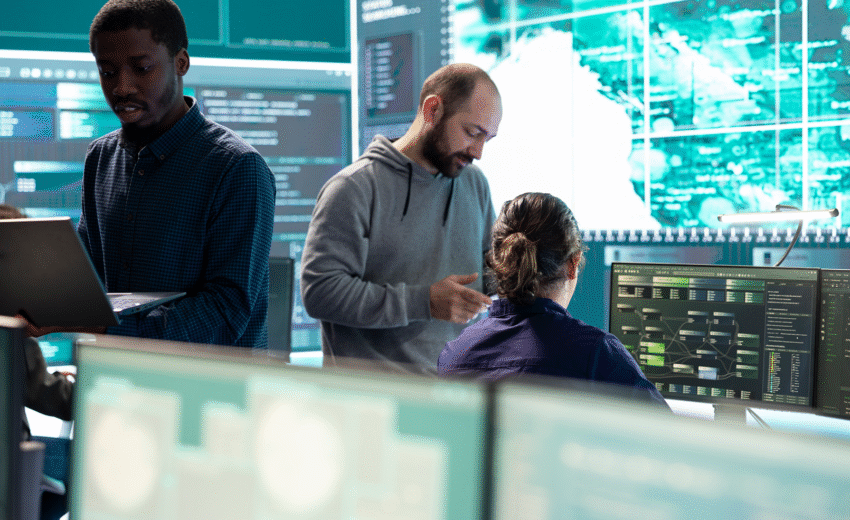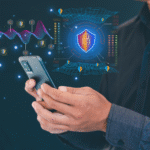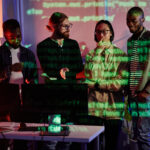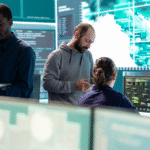
Cybersecurity teams often do everything right; they roll out mandatory training, get high completion rates, and check all the boxes for compliance. But when an incident happens, it’s usually not because employees didn’t take the training. It’s because the training didn’t stick.
The root of the problem? Most organizations still rely on one-and-done security training. Once a year, employees complete a module, take a quiz, and that’s the end of it. But we don’t learn or retain information that way. Not with cybersecurity, and not with anything that requires judgment, habits, or quick decision-making.
Cyber threats are persistent, evolving, and unpredictable. That’s why awareness needs to be more than a policy requirement. It needs to be part of the culture’s shared expectation that security is something we think about daily, not just once a year.
In my programs, I replaced the traditional model with a multi-touch learning strategy. That includes micro-content, behavior-triggered nudges, monthly challenges, and quick wins that meet people where they are in Slack, in their inbox, and during the moments that matter most.
For example, when an employee clicks on a phishing simulation, they don’t get shamed. They get a short, practical follow-up that explains what they missed, how to recognize it next time, and why it matters. That message is delivered immediately not months later in a training recap. That timing makes the learning real.
I’ve also introduced ongoing campaigns that tie into broader company moments: back-to-school season, travel holidays, system rollouts. Each campaign is themed, timed, and tailored to be relevant, approachable, and actionable.
We don’t expect employees to remember everything from one orientation session. We don’t expect them to master systems after a single tutorial. So why should we expect that from security?
If we want people to make secure choices, we have to build a system that supports those choices all year long. Awareness isn’t a once-a-year message. It’s a living part of how people work, think, and respond and the best programs are the ones that treat it that way.




